The Scorching Truth: Long Hot Peppers and Their Scoville Secrets
Pepper lovers, gather 'round! If you've ever felt your mouth on fire from a single bite of a long hot pepper, you know the power these fiery fruits pack. But what exactly makes them so hot? And how do we measure that heat? Enter the Scoville scale—a measurement system that defines the heat level of chili peppers, including those long, spicy varieties that are favorites in many cuisines around the world.
Table of Contents
- What Is the Scoville Scale?
- Long Hot Peppers: A Heat-Seeker's Dream
- Scoville Ranges of Popular Long Hot Peppers
- Practical Tips for Handling Long Hot Peppers
- Buying Guide: Choosing the Right Long Hot Pepper
- Conclusion
What Is the Scoville Scale?
Developed by Wilbur Scoville in 1912, the Scoville scale is a measurement of the pungency (heat) of chili peppers. It measures the concentration of capsaicinoids, the chemical compounds responsible for the burning sensation in the mouth.
The scale was originally based on a subjective test where human tasters would dilute pepper extract until the heat was no longer detectable. Today, it's measured using high-performance liquid chromatography (HPLC), which provides more accurate results.
The Scoville rating is given in Scoville Heat Units (SHU), with higher numbers indicating hotter peppers. For example, bell peppers have 0 SHU, while the Dragon’s Breath pepper can reach over 1 million SHU.
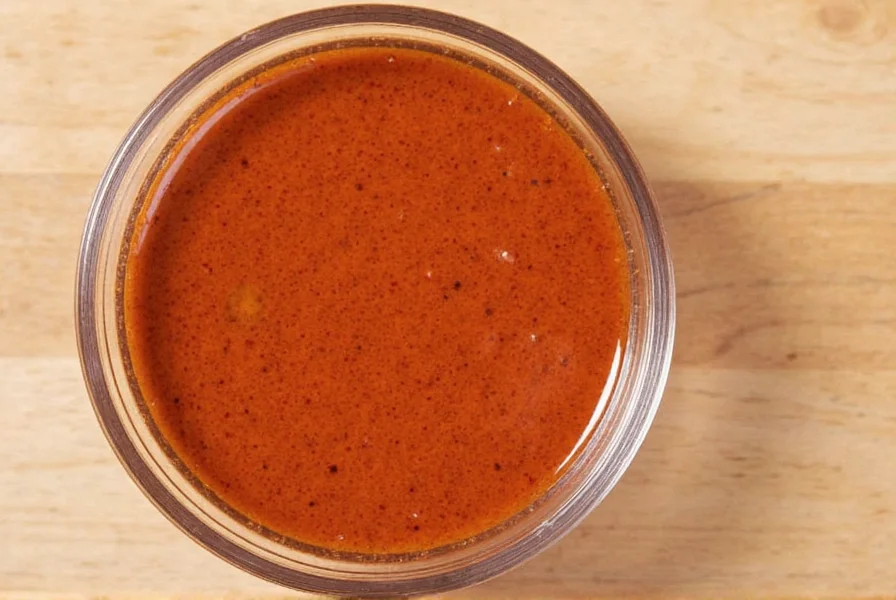
Long Hot Peppers: A Heat-Seeker's Dream
Long hot peppers are not just about their shape—they’re all about the heat. These peppers come in a variety of types, each with its own unique flavor profile and heat intensity. Some are used for fresh eating, while others are dried, ground into powders, or used in sauces.
From the Jalapeño to the Bird’s Eye, long hot peppers are a staple in cuisines across the globe. They bring depth, complexity, and a punch of heat that can elevate any dish.
Scoville Ranges of Popular Long Hot Peppers
Here’s a quick comparison of some popular long hot peppers and their typical Scoville ranges:
| Pepper Name | Scoville Range (SHU) | Heat Level |
|---|---|---|
| Jalapeño | 2,500–8,000 | Mild to Medium |
| Serrano | 10,000–23,000 | Medium to Hot |
| Cayenne | 30,000–50,000 | Hot |
| Thai Bird’s Eye | 50,000–100,000 | Very Hot |
| Habanero | 100,000–350,000 | Extremely Hot |
| Ghost Pepper | 855,000–1,000,000 | Blazing Hot |
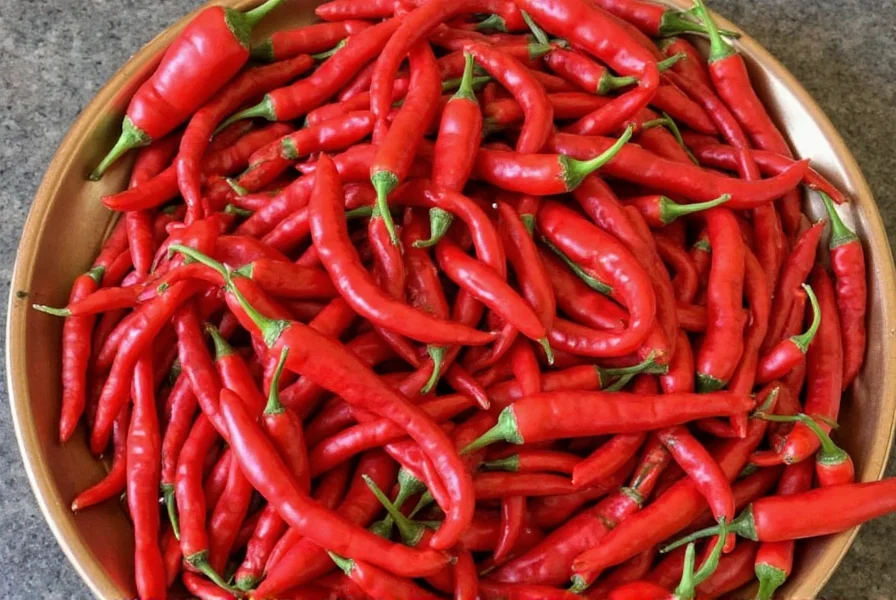
Practical Tips for Handling Long Hot Peppers
Handling long hot peppers can be an adventure, especially if you're new to them. Here are some practical tips to keep your kitchen safe and your taste buds happy:
- Wear gloves when cutting or handling hot peppers to avoid transferring capsaicin to your skin or eyes.
- Use a sharp knife to minimize the release of capsaicin oils.
- Avoid touching your face after handling peppers—especially your eyes, nose, and mouth.
- Rinse your hands thoroughly with soap and water afterward.
- Have milk or yogurt nearby to soothe the burn if you accidentally ingest too much heat.
- Store peppers properly in a cool, dry place or refrigerate for longer freshness.
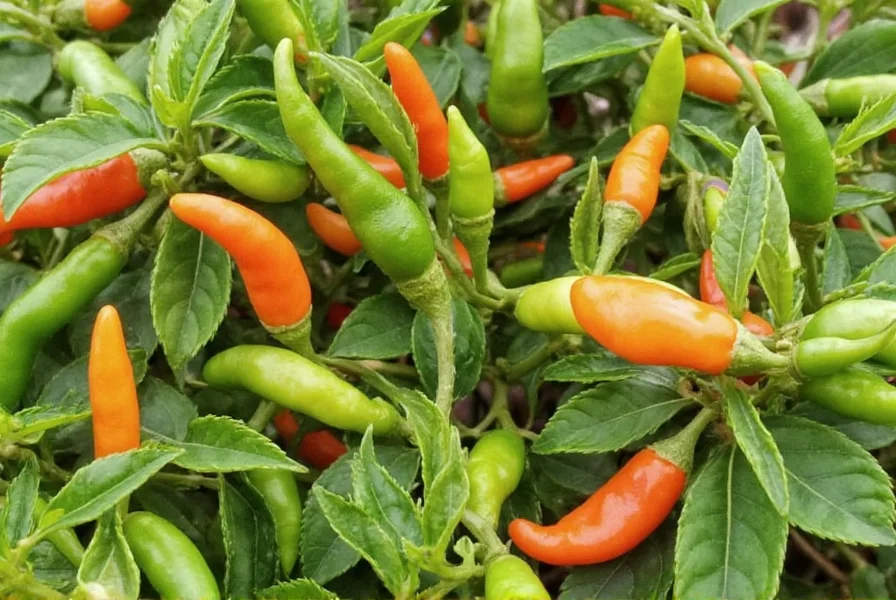
Buying Guide: Choosing the Right Long Hot Pepper
Whether you're a seasoned spice enthusiast or a curious beginner, choosing the right long hot pepper depends on your heat tolerance, recipe needs, and personal preference. Here’s a detailed buying guide to help you make the best choice:
1. Jalapeño
Features: Mild to medium heat, slightly sweet, green or red in color.
Advantages: Versatile, great for salsas, tacos, and stuffed peppers.
Use Cases: Fresh, pickled, or roasted.
Target Audience: Beginners and casual cooks who want a bit of heat without overwhelming spice.
Suitable Occasions: Casual meals, summer barbecues, and everyday cooking.
2. Serrano
Features: Medium to hot, firmer texture, often used in Mexican cuisine.
Advantages: Great for grinding into salsas or using in guacamole.
Use Cases: Fresh, pickled, or pureed into sauces.
Target Audience: Intermediate spice lovers looking for more heat than jalapeños.
Suitable Occasions: Dips, sauces, and flavorful dishes.
3. Cayenne
Features: Hot, thin, and elongated, often used in powdered form.
Advantages: Adds intense heat and smoky flavor when dried and ground.
Use Cases: Seasonings, rubs, and hot sauces.
Target Audience: Spicy food enthusiasts and chefs who want bold flavors.
Suitable Occasions: Cooking for special occasions or spice challenges.
4. Thai Bird’s Eye
Features: Very hot, small, and bright red, commonly found in Asian cuisine.
Advantages: Intense heat and vibrant flavor, perfect for curries and stir-fries.
Use Cases: Fresh, dried, or used in paste form.
Target Audience: Experienced spice lovers who crave extreme heat.
Suitable Occasions: Spicy soups, curries, and fusion dishes.
5. Habanero
Features: Extremely hot, citrusy aroma, and a fruity flavor.
Advantages: Offers both heat and complex flavor, ideal for gourmet cooking.
Use Cases: Salsas, sauces, and desserts (yes, even desserts!)
Target Audience: Advanced spice fans who enjoy culinary experimentation.
Suitable Occasions: Special events, themed dinners, or adventurous cooking.
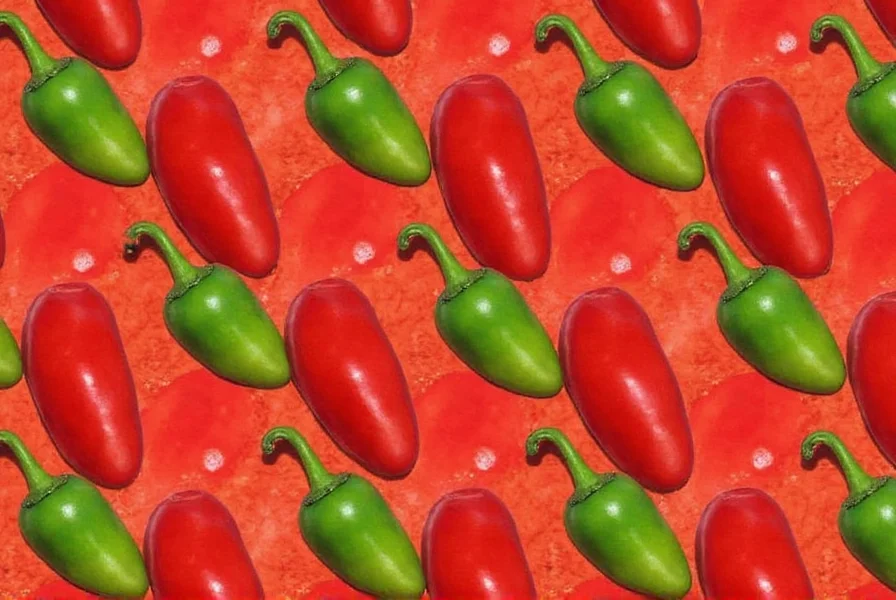
Conclusion
Long hot peppers are more than just a way to add heat—they're a key ingredient in many global cuisines and a favorite among spice enthusiasts. Understanding the Scoville scale helps you choose the right pepper for your taste and cooking style.
Remember, the heat of long hot peppers isn't just about the number on the Scoville scale—it's also about the flavor, aroma, and the experience they bring to your plate. Whether you're a novice or a pro, there's always something new to discover in the world of spicy peppers.
So next time you reach for a long hot pepper, take a moment to appreciate the science behind its heat—and maybe have a glass of milk ready just in case!
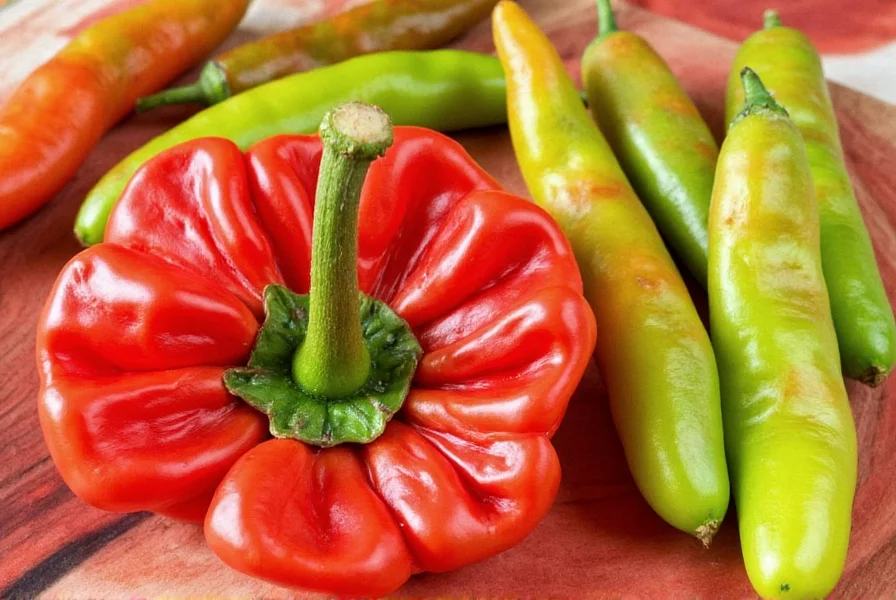
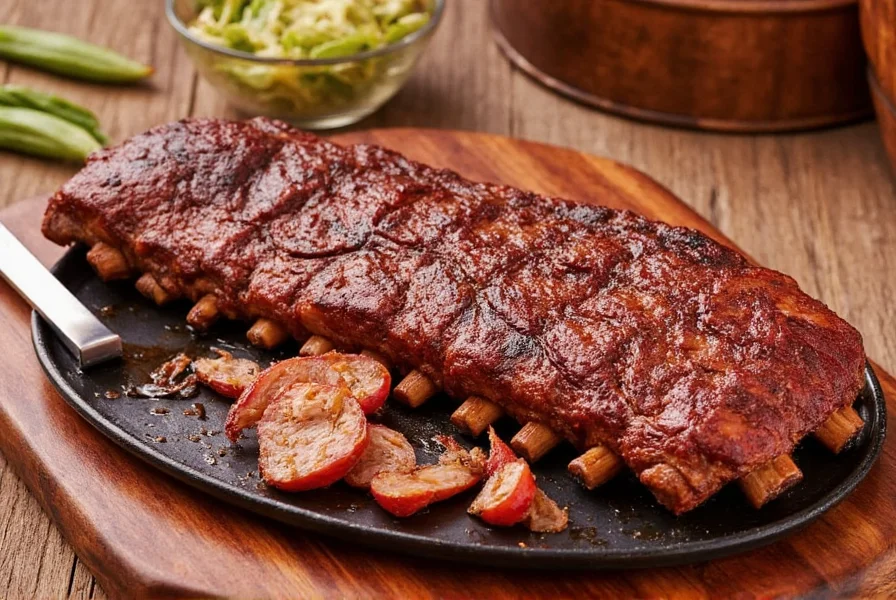
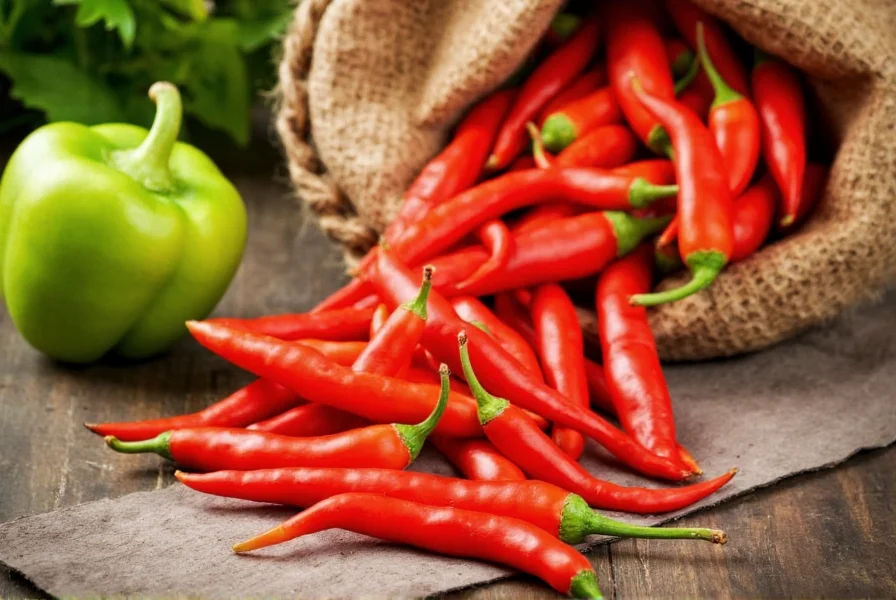
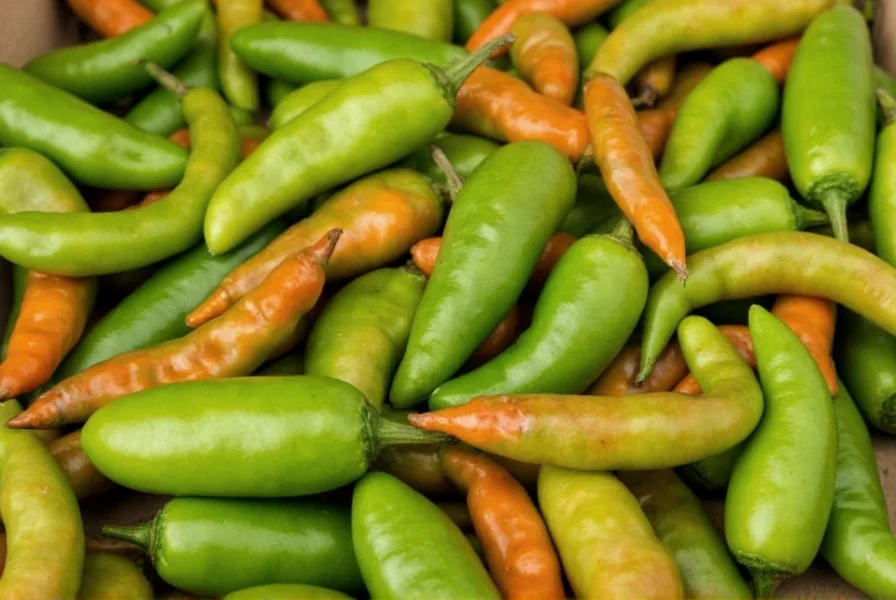
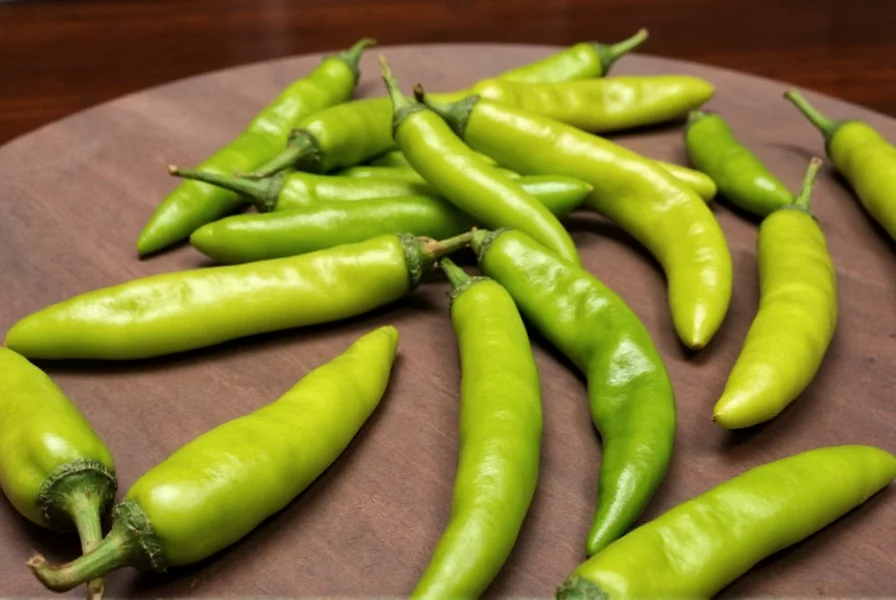










 浙公网安备
33010002000092号
浙公网安备
33010002000092号 浙B2-20120091-4
浙B2-20120091-4